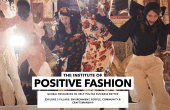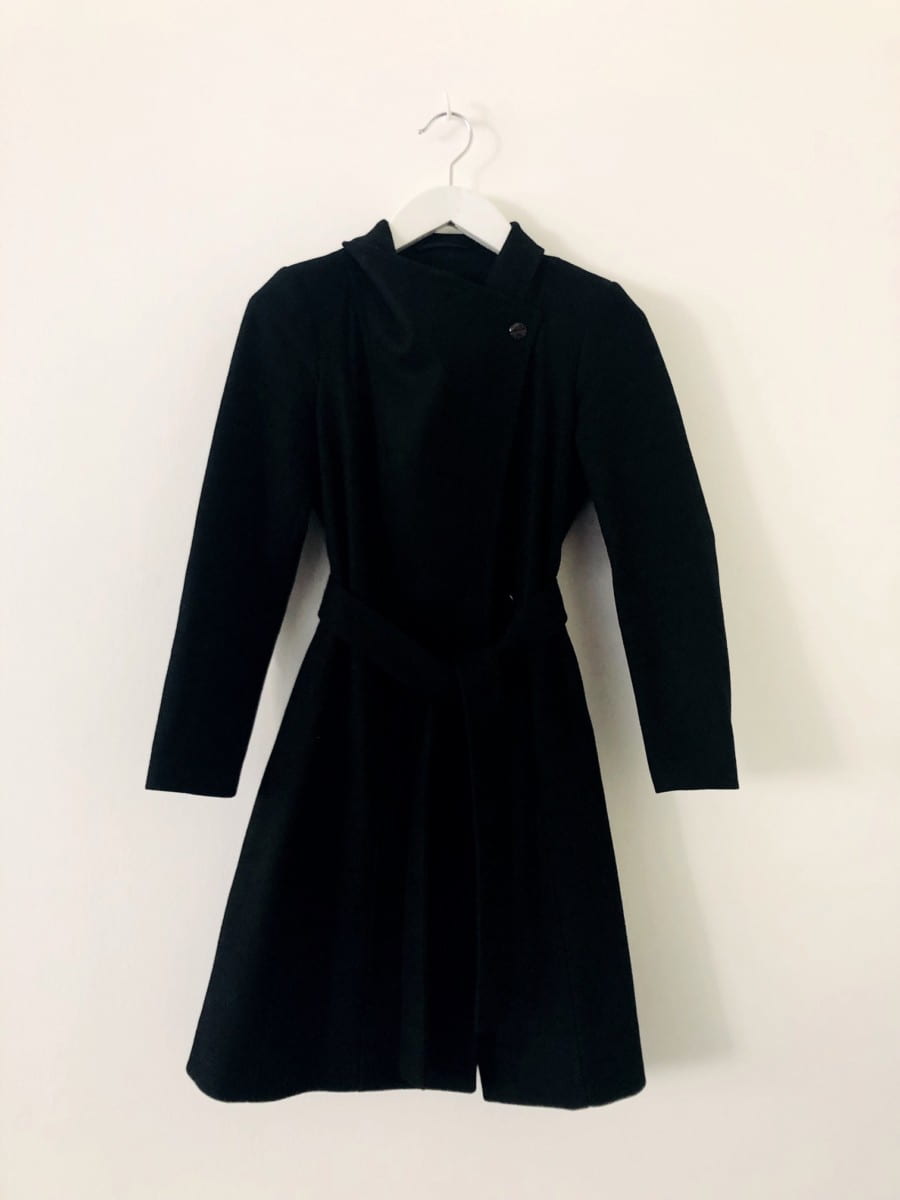“Our clothes are too much a part of us for most of us ever to be entirely indifferent to their condition: it is as though the fabric were indeed a natural extension of the body, or even the soul.” – Quentin Bell
In many ways fashion is the universal art form – the one we respond to the most, the only one not restricted to galleries, museums or other conventional ways in which art is viewed. On a daily basis it demonstrates our need to wear garments that reflect our individuality, as we wear clothes in ever-changing combinations of colour, form and texture. This daily ritual takes place in most cultures across the globe and illustrates our very human need for beauty, adornment and creativity. Clothing thereby fuels our imagination and is a vital means of self-expression. But it is more than an individual expression. As a universal activity and collective art form that is essentially made by the human hand, it allows, enables and channels new values from around the world and so offers new horizons for environmental responsibility.
This power, this ability to reach us both internally and externally has preoccupied artists, academics and philosophers such as Roland Barthes, who used semiology as a basis to investigate how “clothing concerns all of the human person, all of the body, all the relationships of man to body as well as the relationships of the body to society.” He saw dressing as a personal act where individuals adopted and put on the clothes that reflected the social group they felt a part of. Fashion reflects what are essentially two perspectives – the top-down approach of designer-as-dictator where the fashion elite draws the parameters of style which highly style-conscious people follow – or fashion as created as part of the act of dressing, as individuals evolve a democratic model where street style and sub-cultures are expressed, which in turn influence the style and fashion design decisions of global fashion conglomerates. It is in the democratic where fashion expresses its most powerful characteristic as a social connector. It may be an individual act of expression but every time we buy a piece, every time we put something on, we act as a part of a global community and we thereby expose fashion as social energy.

Maria Tokmakova, BA (Hons) Active Sportswear
Over the years, artists have tapped into this energy, using the creative communication that clothes and fashion provide to draw attention to wider society issues. From climate change to living wages, from water consumption to cultural identity, artists have explored and exposed the dilemmas of the industry, challenging previously held assumptions. Descartes was appropriated by the American conceptual artist Barbara Kruger into the feminist and political challenge to existing stereotypes “I shop therefore I am”. Artists encourage us to look at the world more critically, to think about our actions and to evaluate our belief systems more seriously. Through artworks and exhibitions such this, which champion fashion’s social context, we come to assess our relationship with the world. They make us question the philosophical underpinning of our lives; the impact of clothing on the world’s physical resources; the lives of the people who have made them and how we communicate these values to our peers and colleagues. If, as American media guru Marshall McLuhan asserted that “the medium is the message”, and if we accept Barthes’ argument that fashion and clothing is a language, then we should exploit this to develop our own language and philosophy around clothes and use these philosophies to highlight our concerns about the world around us. From movements such as Fashion Revolution Day created to remember the Rana Plaza disaster to the slow clothes movement, fashion has shown it can harness the possibilities of social and cultural connectivity inherent in its artform and so often it has been artists that have shown us the way. They have shown that going forward into the 21st century with all the methods of communication at our disposal (social media) fashion has shown us as part of a global tribe. This means that we can now reach a global audience. Surely it is our responsibility as conscientious consumers to capitalize on this and to use the power of fashion as social energy.
Written for the catalogue of the Connecting Cultures exhibition ‘Fashion as Social Energy’ at Palazzo Morando (28th May until 30th August 2015).




